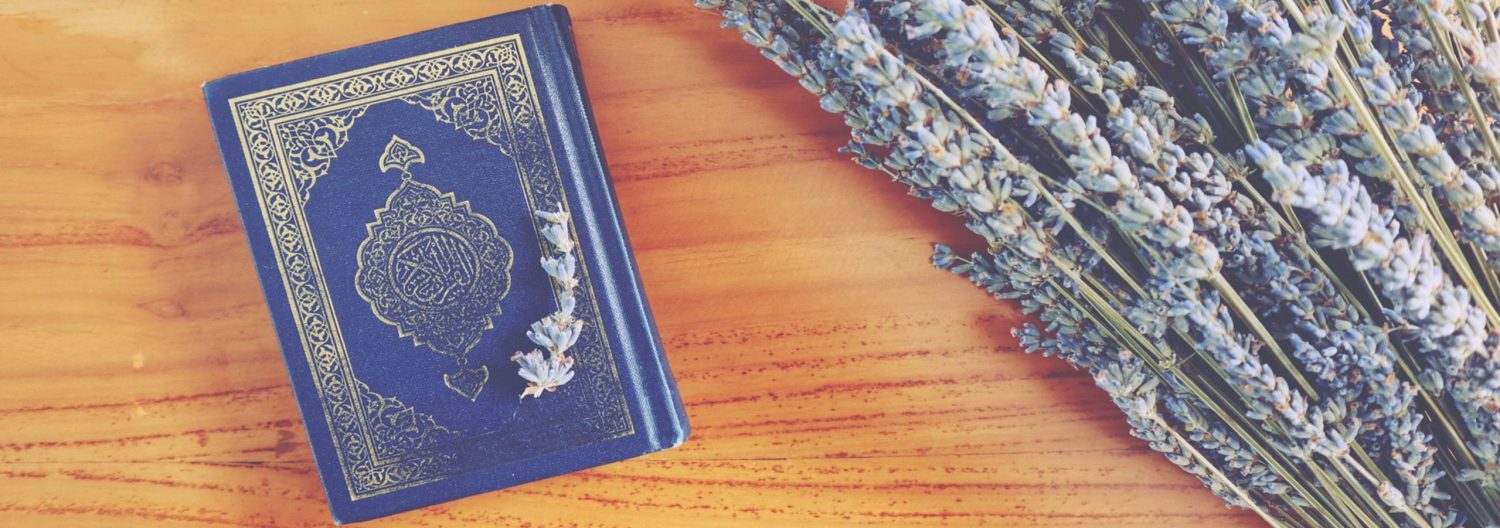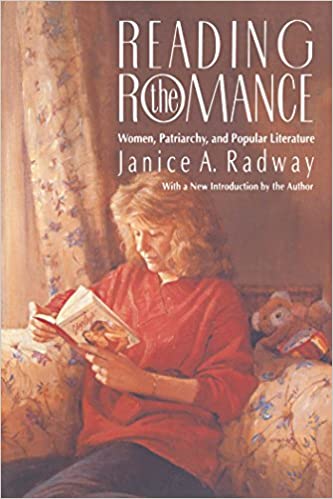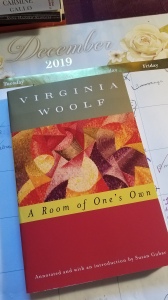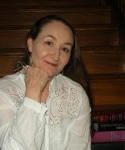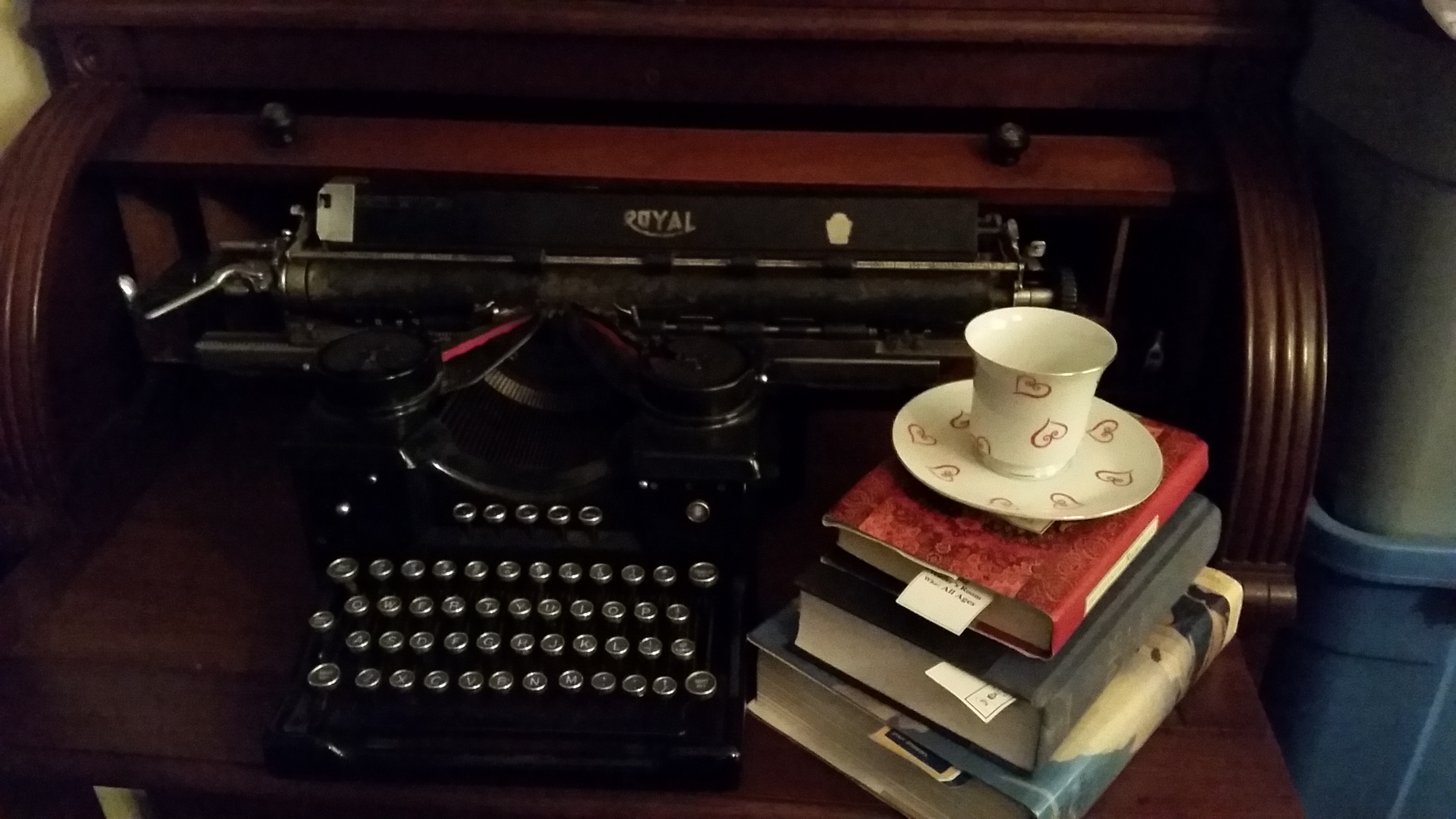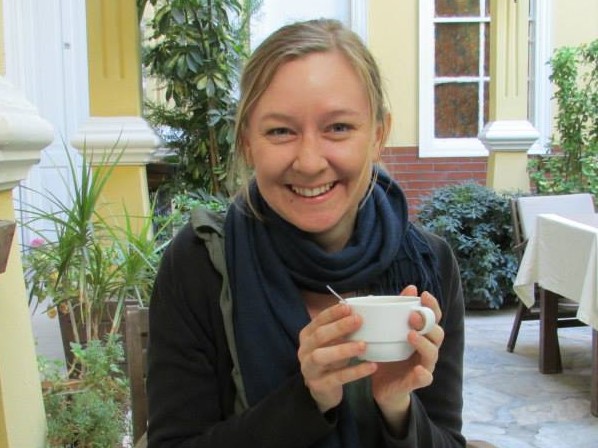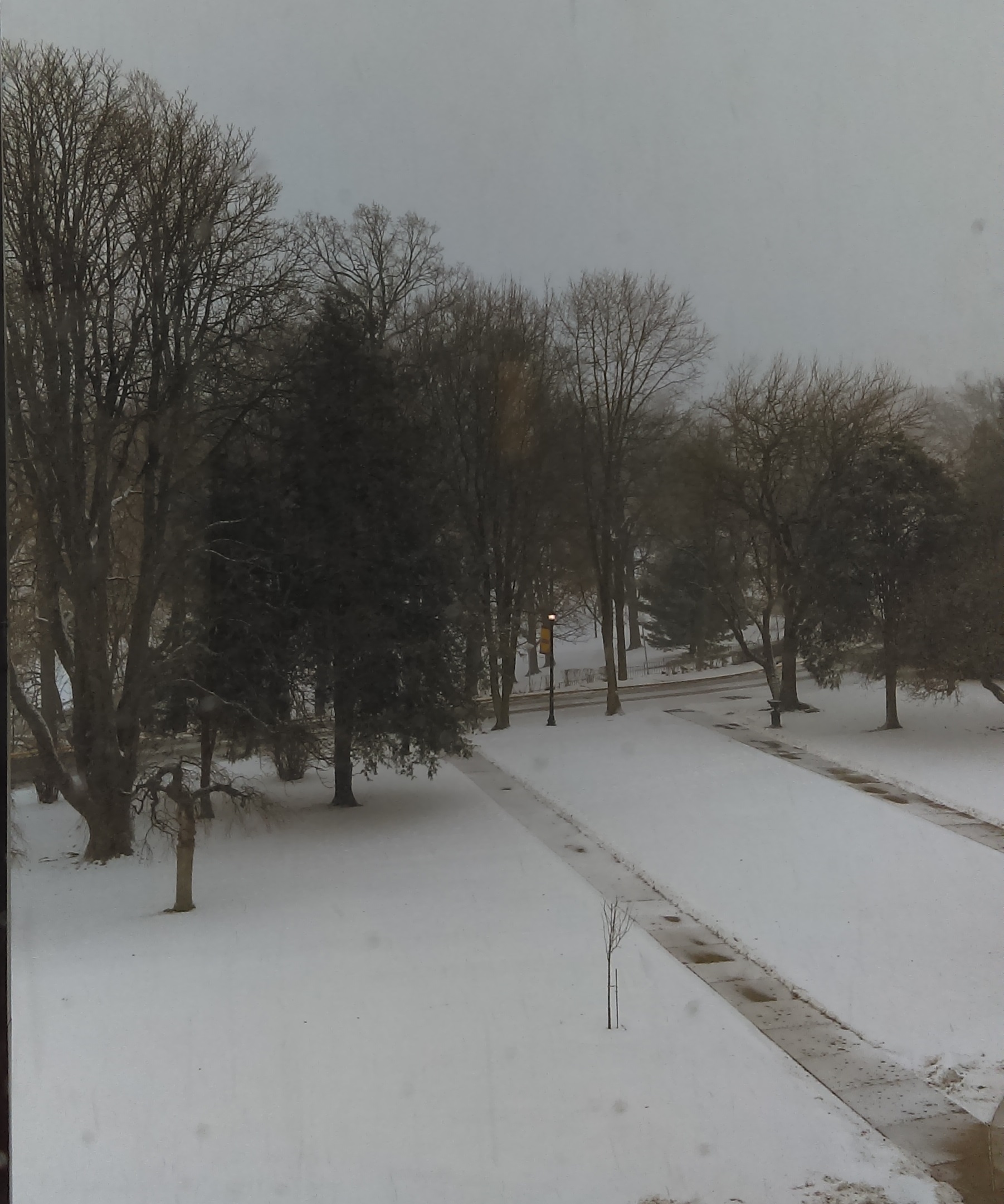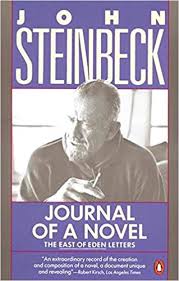
“The unexamined life is not worth living.” ~Socrates, philosopher
Writer Wellness is the term I coined several years ago to identify my personal lifestyle plan. Writers in my critique group wanted to know my secret to raising a family, working part-time, homeschooling two children, publishing regularly, and staying healthy. I stepped back and observed my daily activities. Based on what I learned and my training as a dancer and hatha yoga teacher, I offered to teach those writers how to devise their own personalized program that included journaling, exercise, relaxation, eating right, and creative play.
The workshop meetings evolved into the publication of my book Writer Wellness: A Writer’s Path to Health and Creativity by WigWam Publishing in 2003. A second edition was released in 2011 by Bob Mayer’s Cool Gus Publishing, and a third edition is coming soon from Headline Books, Inc. From there, I created a course that I have taught online and at conferences since 1998.
JOURNALING
“The Many Joys of Journal Writing”
Journaling and writers share a long and important history. From the personal journals of Gustave Flaubert that read like a laundry list of how to view life to the story bibles many writers create to keep themselves organized throughout the writing process, writers have always had and always will have numerous reasons to keep a journal. A journal can serve writers of all genres in many different ways, chief among them as a place to collect and hash out story ideas.
It isn’t a waste of valuable writing time to scribble in a journal in advance of working on one’s novel. In the words of author James Brown:
What matters is how journaling can help the writer come up with ideas, kind of a warm-up to a bigger process. The next step is building on those ideas, discarding some and fleshing out others, developing characters and motives, and arranging the scenes in a logical, meaningful sequence with a firm sense of a beginning, middle, and end. Whether you write your thoughts down in a journal or try to store them all in your head, which I don’t recommend, story begins when you begin to dream and brainstorm about people and their problems. (Raab 6)
Then there is the fascinating practice of documenting not only one’s life, but the progress of a book. Two books by John Steinbeck that fundamentally changed the way I look at myself as a writer and a human include Journal of a Novel: The East of Eden Letters and Working Days: The Journals of The Grapes of Wrath. Reading these helped me understand how keeping a journal alongside writing a novel can serve several purposes.
One use for a journal is a place to cleanse the palate, so to speak, before turning to the blank page of the work in progress. Reading snippets about Steinbeck’s faithfully recorded personal life reinforced my feelings on using a journal as a “dumping ground” to clear a writer’s head prior to working on a current project. All too often personal issues can make their way into our creative work and many times that isn’t the appropriate venue for hashing out our problems.
Steinbeck wrote a page or two each morning about his life, thoughts, and sometimes current events in order to “warm-up his writing arm.” He also used the journal pages to organize his thoughts about what to write. For example, one day’s journal describes his plans for writing:
May 9, Wednesday: It is time I think for the book to pause for discussion. It has not done that for a long time. I think that is the way I will do it. That way-first a kind of possible analysis and then quick narrative right to the end, explain it first and then do it. (79)
Steinbeck is just one example of a writer who uses journal writing to stay focused on the creative project at hand. Sue Grafton, prolific mystery author (“A” Is for Alibi) believes that the writing process is a constant back and forth between the right and left-brain hemispheres. She keeps a daily log of her writing progress and says:
This notebook (usually four times longer than the novel itself) is like a letter to myself, detailing every idea that occurs to me as I proceed. Some ideas I incorporate, some I modify, many I discard. The journal is a record of my imagination at work, from the first spark of inspiration to the final manuscript. (Raab 9)
Similar to Steinbeck, Grafton starts each writing day with logging the date into her journal followed by what’s going on in her life then a note about ideas she has for the book she’s writing. She ‘talks to herself’ about where the story could go and explores the writer’s question “What if?” In the privacy and safety of a “for my eyes only” journal, Grafton claims that this collection of meandering thoughts helps her jumpstart the creative juices and before she knows it, she’s writing new pages (Raab 11).
The many joys of keeping a journal for writers is a lengthy list. These three writers demonstrate how valuable a tool this is for brainstorming, whining, organizing, formalizing, clarifying, reflecting, and much more.
Upcoming Online Workshop: Writer Wellness
I hope you’ll join me in June for an online workshop hosted by the Yosemite Romance Writers where I’ll spend the month covering and sharing information and activities related to journaling, exercise, nutrition, relaxation, and creative play. The workshop is open to members and nonmembers.
All good things,
Joy
Women with clean houses do not have finished books. ~JEH
Raab, Diana M., ed. Writers and Their Notebooks. The University of South Carolina Press, 2010.
Steinbeck, John. Journal of A Novel: The East of Eden Letters. Penguin Books, 1969.

